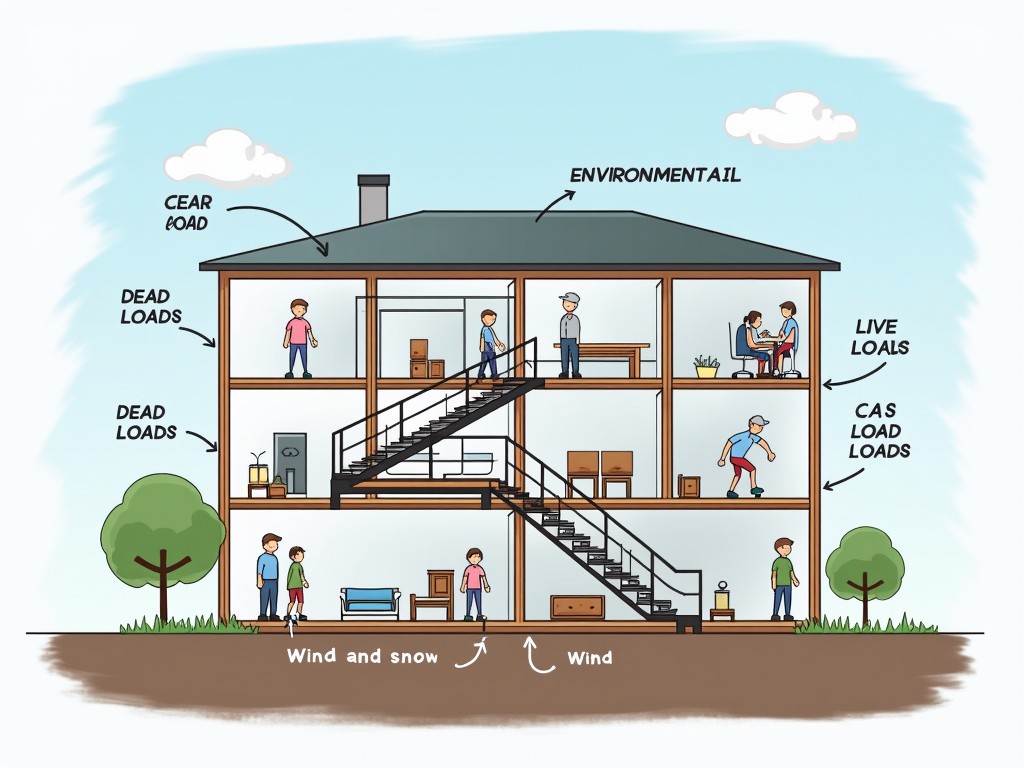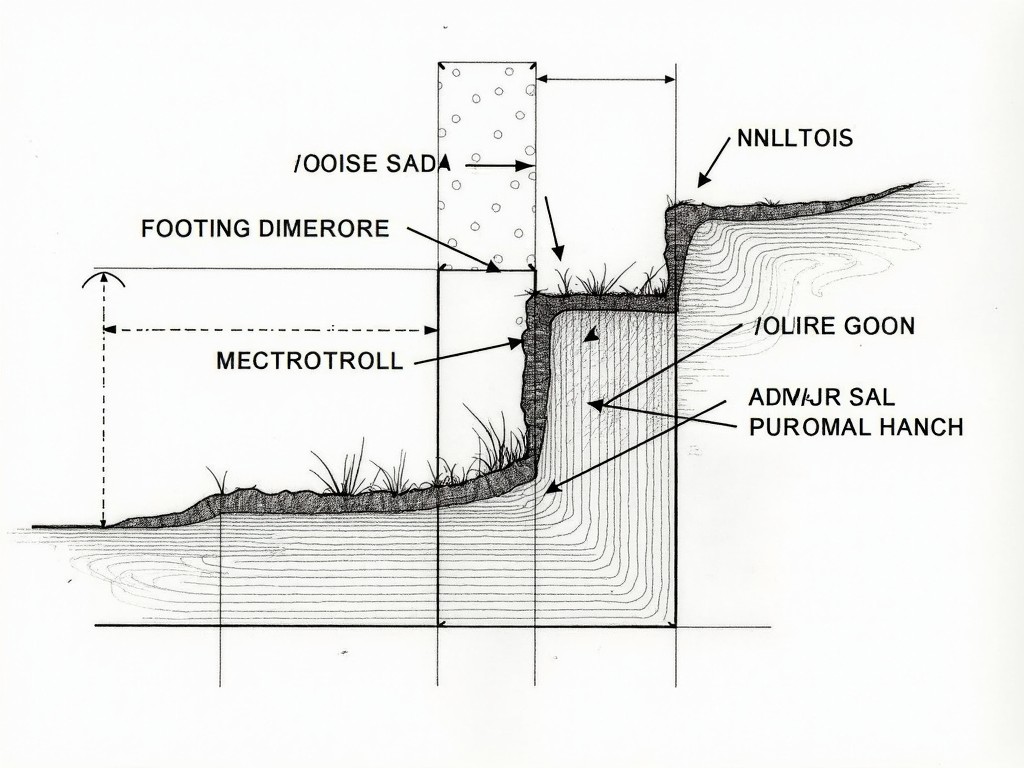Structural Design Basics for Beginners
Understanding the Basics of Structural Design
Embarking on a journey into the world of structural design basics for beginners can be both exciting and daunting. This guide aims to provide a concise yet comprehensive insight into foundational concepts, such as slab design and footing calculation, that are crucial for budding engineers. Whether you are a student or an aspiring architect, getting these basics right is key to a successful career in structural engineering.
Why Structural Design is Important
Structural design is the cornerstone of any construction project. It ensures that buildings and other structures are safe, functional, and aesthetically pleasing. Understanding these basics will not only help you in creating stable structures but also assist in meeting the creative demands of modern architecture.
Key Concepts in Structural Design
1. Load Analysis
Every structure must withstand certain forces or loads throughout its lifespan. These include:
- Dead Loads: Permanent or static forces from the structure's weight itself.
- Live Loads: Temporary or dynamic loads such as people, furniture, and vehicles.
- Environmental Loads: Natural forces like wind, earthquakes, or snow.
Understanding these load types helps engineers design structures that are both safe and efficient.

2. Slab Design
Slabs are flat, horizontal surfaces within buildings that create floors and ceilings. Slab design involves considerations such as:
- Thickness: Influences the structure's weight and strength.
- Material Choice: Typically concrete, but steel or composite materials may also be used.
- Reinforcement: Often involves using steel bars to increase tensile strength.
When designing slabs, it's crucial to balance these elements to ensure durability and cost-effectiveness.

3. Footing Calculation
Footings are an essential component that transfer the building's loads to the soil. Accurate footing calculation involves:
- Size and Shape: Dictated by the load's magnitude and soil's bearing capacity.
- Depth: Sufficient to avoid issues due to soil movement or frost.
- Material: Usually concrete for its strength and affordability.
Proper footing design prevents settlement and ensures long-term stability.

Real-World Tips for Beginner Designers
When you're diving into structural design for the first time, practical insights can make a significant difference:
- Leverage Technology: Utilize software tools like AutoCAD and Revit for enhanced precision in your designs.
- Start Small: Tackle small projects to practice your skills before moving on to larger constructions.
- Learn from Mistakes: Each error is a lesson in disguise, aiding your professional growth.
Remember, every renowned structural engineer once stood in your shoes, learning and evolving with time.

Putting Theory Into Practice
Theoretical knowledge must be matched with practical experience for a comprehensive understanding of structural design basics for beginners. Engage in internships, workshops, or classes that offer hands-on learning opportunities. Collaborating with peers and mentors can also provide valuable insights and accelerate your learning curve.
Conclusion
Mastering the basics of structural design is the first step towards creating safe and innovative buildings. From understanding load dynamics, perfecting slab design, to carrying out precise footing calculations, every skill contributes to your repertoire as a budding engineer. Remember to stay patient and persistent, as expertise comes with continuous learning and practice.





